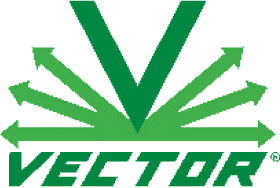2016
Post Tension Cables – Their Role In Concrete Constructions
Estimated Reading Time: 1 minute, 40 seconds

If you are in the construction industry, you may have heard about post-tension concrete. This is a method of reinforcing concrete, and it offers considerable benefits.
Post-tensioning is a method of construction using prestressed or cast-in-place concrete. After the concrete is placed, the post-tensioning tendons are stressed to create internal forces that counteract the external loads that are applied to the structure when put into use.
As a building material, concrete is very strong in compression, but rather weak in other ways, such as in tension. To counteract this, steel is introduced because it is strong in tension. Putting both of these elements together brings both building materials into their strongest states.
Take an elevated concrete slab, for instance. When it is subjected to forces, it bends and flexes. Enough bending and the tensile forces will eventually create cracks. This is where post tension cables do their stuff. Adding post-tensioning reinforcement instead of just rebar alone combines the compression of the concrete with the tension of the cables to produce a strong structural system.
Post-tensioning tendons or cables are used to create longer spans between columns or beams or thinner sections. A good example of bonded post-tensioned concrete is precast segmental bridge construction whereby the bridge tendons are filled with cement grout. Unbonded post-tensioning in North America is more typically used for buildings or parkades. It is different from conventionally reinforced concrete, which is a method of using steel reinforcement bars or rebar, inside poured concrete.
Post-tensioned concrete can be subject to corrosion and tendon eruptions from the concrete surface. Water should be kept away from potential weak points such as end anchorage or intermediate anchors. If corrosion exists, an evaluation consisting of Post-tech PT Corrosion Evaluation will confirm if the cables are in a corrosive condition. If so, they may need to be dried and regreased for long term durability.
That is why knowledge of proper repair techniques is critical to maintaining the safety and integrity of any concrete structure and in particular post-tensioned concrete.
